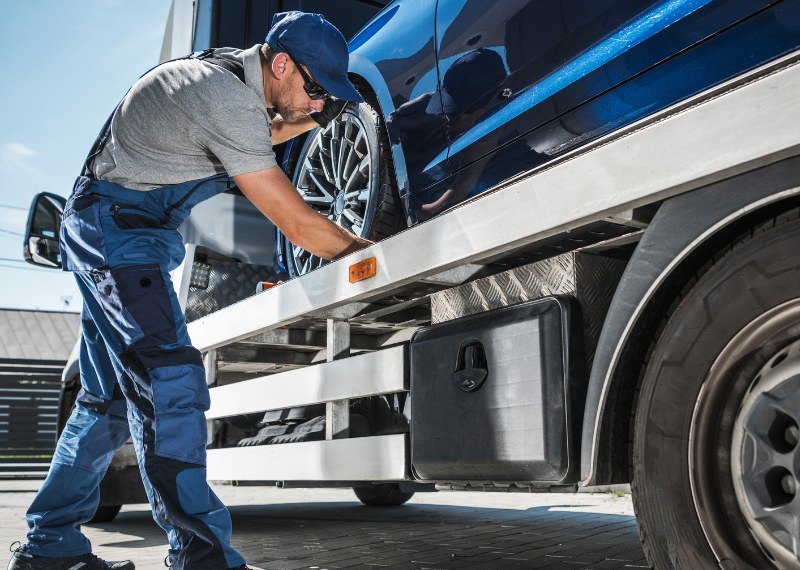Take a deep breathe. Shipping your car across the country shouldn’t feel like crossing your fingers and simply hoping for the bets- it should be streamlined.
Whether it’s your everyday ride, a luxury Audi you wash more than yourself, or an old grandpa clunker, making sure your car gets from point A to point B safely is the goal. With a little help from iMoving, you can ship your car without losing your sleep or sanity.
Here are the top 10 security tips to make car shipping feel like a breeze:

